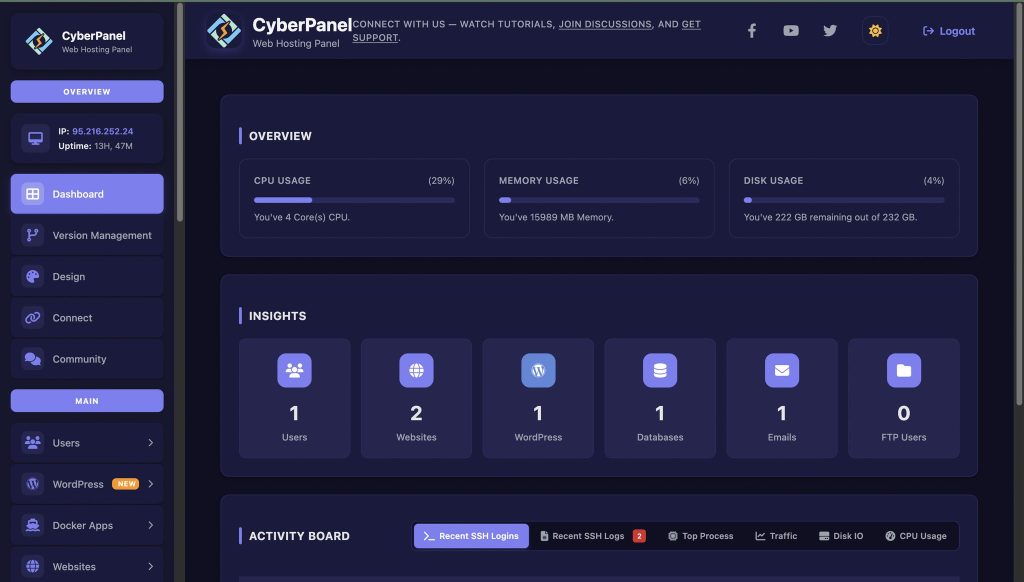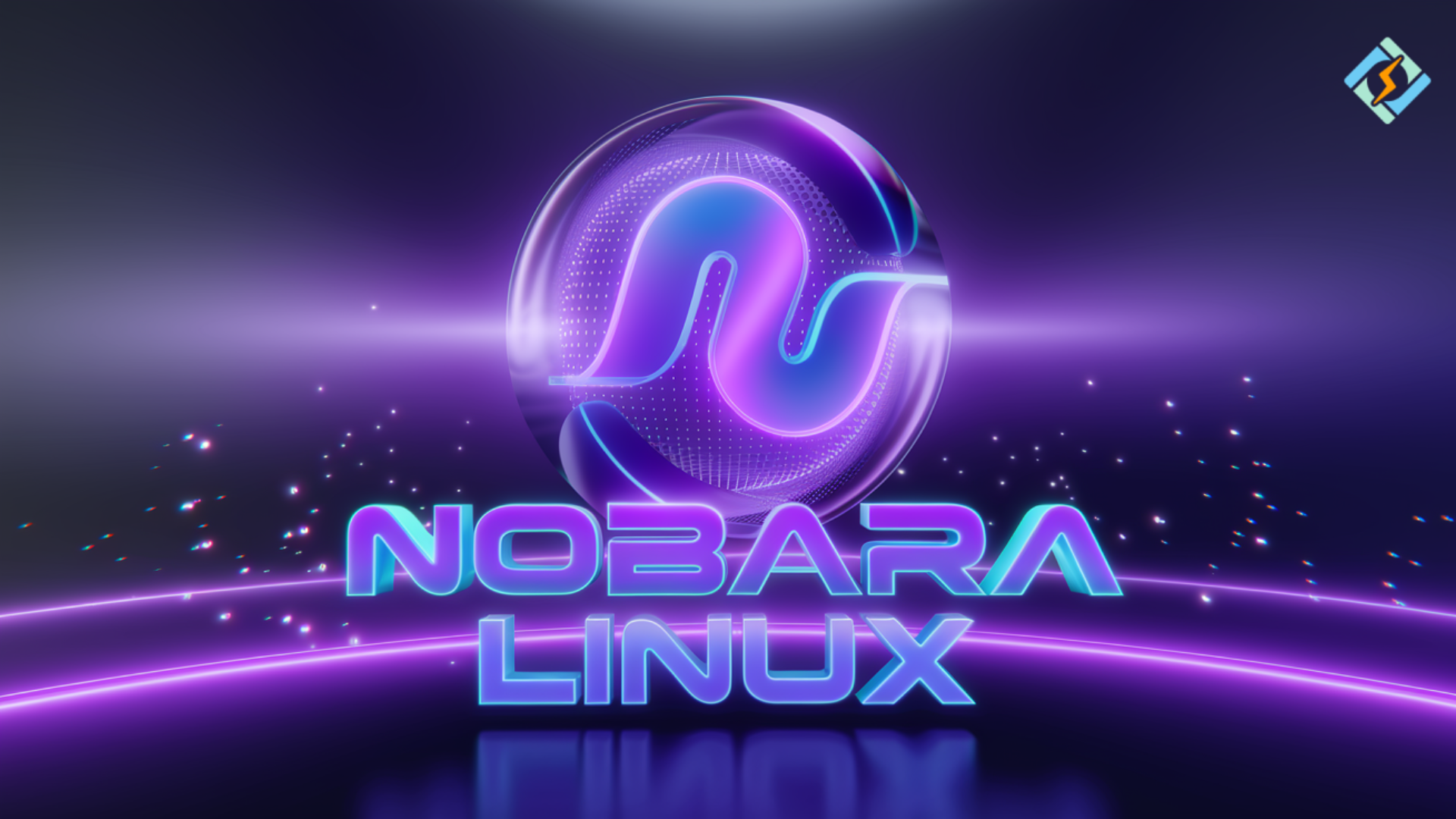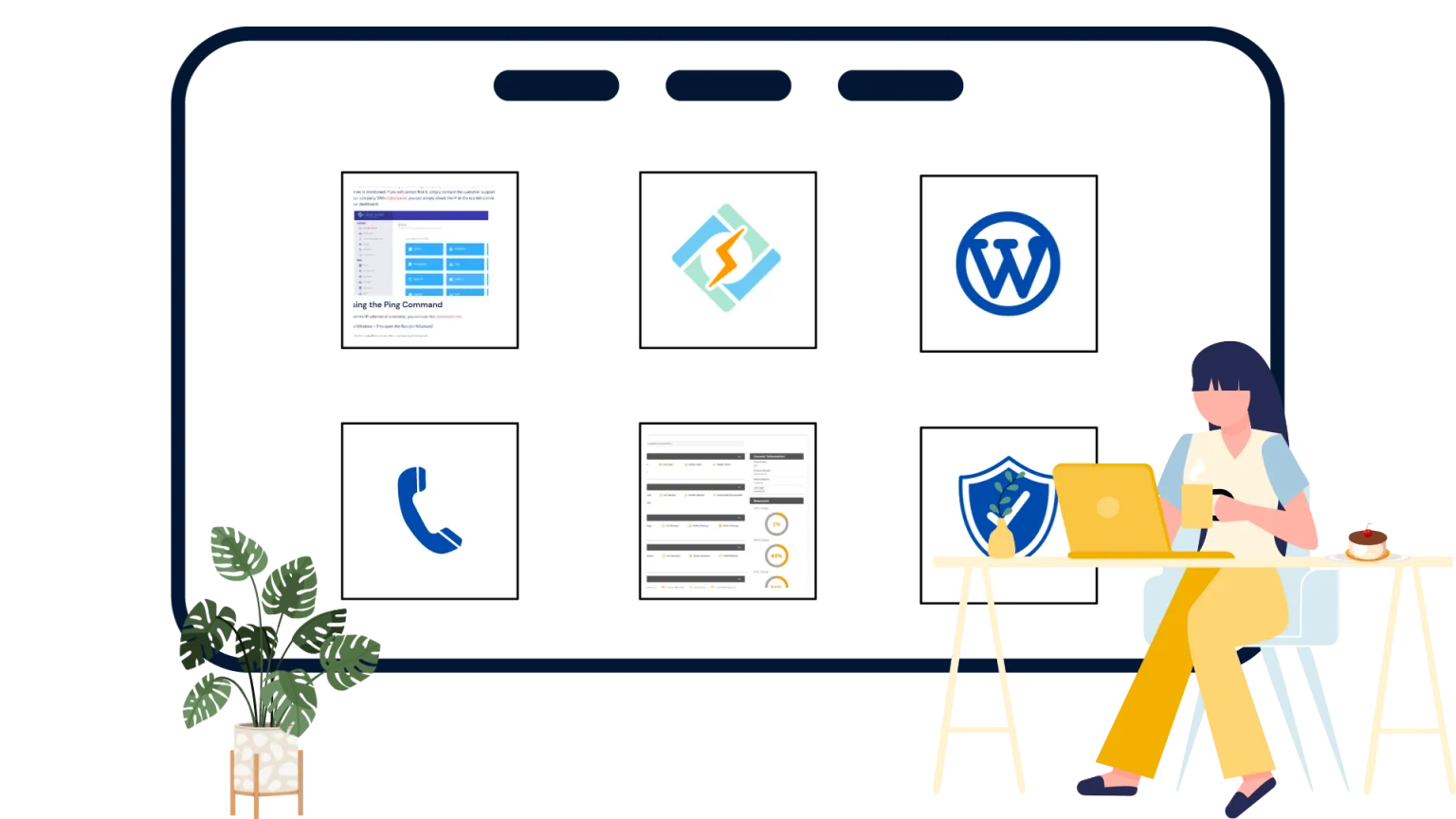Nobara Linux has rapidly established itself as a leader among contemporary Linux distributions, especially for gamers, streamers, and creatives. Built atop Fedora’s dependable base, it provides a usable experience from the outset with the right mix of performance, compatibility, and multimedia software that most users would manually install and configure.
Whereas Fedora emphasizes stability and purity, Nobara goes above and beyond. It comes with necessary proprietary drivers, gaming patches, codecs, and software tweaks that create a seamless gaming and content creation experience. Whether you are dual-booting with Windows, looking to download Nobara Linux for your next project, or exploring Nobara Linux vs Pop!_OS, this distribution offers an unparalleled ratio of usability and performance.
With this guide, you will be armed with everything you need to know about Nobara Linux, including special features, system specifications, how to install it, and why it is quickly gaining the crown for the favored desktop for modern users who want both aesthetics and functionality.
What is Nobara Linux?
Nobara Linux is a Linux distribution based on Fedora that was created by Thomas Crider (GloriousEggroll), a developer with a history of involvement in the Linux gaming scene. Nobara is catered for the people who want a tuned desktop without spending hours installing drivers and modifying configurations.
Nobara ships with preinstalled multimedia codecs, NVIDIA and AMD GPU drivers, along with gaming packages like Proton, Lutris, Steam, and Wine. Nobara Linux was built so you can launch it out of the box without additional hassle between the desktop and your games as a gamer, developer, or creator.
Why Opt for Nobara Linux instead of Other Distros?
Although many Linux distributions are for general use, Nobara is more specialized for preferences relating to gaming, video editing, and media production. Here are some reasons why it is distinctive:
Get exclusive access to all things tech-savvy, and be the first to receive
the latest updates directly in your inbox.
- Gaming Availability: Children who have Steam, Proton, and a gaming library pre-installed.
- Multimedia support: Comes with OBS Studio, Kdenlive, and codecs pre-installed.
- Driver Preconfiguration: You will not have to install drivers for your GPU.
- Fedora Reliability: It has the reliability of Fedora under the hood and modified.
- Ease of Use: It will be simple to use but powerful for any professional.
How to Download Nobara Linux
Downloading Nobara Linux is easy:
- Go to the Nobara Linux website.
- Select the edition that is suited for your use case (Official, GNOME edition, or KDE).
- Download the ISO image for your system (x86_64).
- Flash the ISO to a USB drive using Balena Etcher or Ventoy.
- Launch the installer and follow the prompts.
Remember: Before installing, verify that the checksum of the ISO is correct.
Installing Nobara Linux on Your Computer (Step-by-Step)
Installing Nobara Linux is easy because it uses a graphical installer.
Step 1: Boot from USB
Insert the bootable USB with Nobara on it and restart your computer. Select the USB as the booted device.
Step 2: Start the Installer
Once in Nobara, click on the “install to hard drive” on your desktop.
Step 3: Prepare Partitions
You may either go with automatic partitioning, or if you plan for dual booting, you have to create the partitions manually.
Step 4: Fill in User Information

Simply put in your user name, password, and time zone.
Step 5: Install
Click Install and wait for it to finish. After it completes, restart the computer and then take the USB out.
Using a DUAL BOOT with Windows and Nobara Linux
If you want to enjoy the best of both worlds, Windows and Nobara Linux, here is how:
- Shrink your Windows partition to make space.
- Make a bootable USB with Nobara.
- Boot into the USB and install Nobara into the free space.
- GRUB (bootloader) will automatically find Windows.
- Reboot your computer, and you will now have a GRUB menu to select from Windows or Nobara.
- Note: Always back up your files prior to using dual-boot to ensure you have not accidentally lost files.
What Are the System Requirements for Nobara Linux?
| Component | Minimum Requirement | Recommended Requirement |
|---|---|---|
| CPU | 2 GHz Dual-Core | 3+ GHz Quad-Core |
| RAM | 4 GB | 8 GB or more |
| Storage | 30 GB | 50 GB+ SSD |
| GPU | Integrated Intel/AMD | Dedicated NVIDIA/AMD GPU |
| Architecture | x86_64 | x86_64 |
Key Features of Nobara Linux
- Enhanced Custom Kernel – The kernel is customized for better gaming and multimedia performance.
- Built-in Wine and Proton – This will let you play Windows games without issue.
- OBS Studio Ready – A perfect OS for streamers and those working on YouTube.
- Btrfs File System Support – Guarantees data integrity and efficient snapshots.
- Gaming Utilities – These include MangoHUD, GameMode, and the Feral Game Optimizer.
Advantages of Nobara Linux for Gaming and Content Production
Zero Setup: No need to install codecs or GPU drivers, everything is already ready for you.
Stability: You’ll have very few crashes or compatibility problems.
Updating Kit: Fast patches and kernel improvements.
Modern UI: GNOME or KDE Plasma is sleek.
Community Backed: Lots of Linux gaming enthusiasts are supporting Nobara.
Troubleshooting Nobara Linux Installation Issues
If boot or display issues:
- Update your BIOS/UEFI firmware
- Check secure boot settings (disable if needed)
- Use the fallback kernel in the boot menu.
- If your PC has NVIDIA, ensure that hybrid mode or discrete is chosen.
Nobara Linux vs Pop!_OS: Which One Should You Choose?
Both Nobara Linux and Pop!_OS are performance-focused distributions, but target slightly different audiences.
| Feature | Nobara Linux | Pop!_OS |
|---|---|---|
| Base | Fedora | Ubuntu |
| Focus | Gaming and Content Creation | Productivity and AI Tools |
| Drivers | Preinstalled (AMD/NVIDIA) | Installed via System76 utilities |
| User Interface | GNOME or KDE | COSMIC Desktop |
| Performance Tweaks | Custom kernel patches | Power management optimization |
Verdict:
If your main goal is gaming and video editing, Nobara Linux offers more pre-tuned optimizations. But if you need a productivity-oriented OS with easy AI and coding tools, Pop!_OS may suit you better.
The Function of CyberPanel in Nobara Linux Scenarios

Even though Nobara Linux is geared toward the desktop user, developers can still utilize Nobara Linux as their testing environment for a web hosting control panel like CyberPanel. CyberPanel flies under the radar, as everything runs on the Fedora backend of Nobara. CyberPanel allows for:
- Web hosting and development on an extremely capable local machine.
- Containerized testing of web apps and web services.
- Performance tuning using Fedora-based tools such as DNF and systemd.
For content creators managing personal websites or blogs, it allows flexibility and speed of deployment using Nobara Linux with CyberPanel.
Wrapping Up!
Nobara Linux is perfect for someone looking to redefine what casual Fedora-based desktop computing looks like. Nobara Linux is the perfect balance of usability and power to give gamers and creators tools from the moment they boot for the first time. Whether you’re dual-booting, switching from Windows, or just browsing other creative workflows, Nobara has it all: it’s stable and pretty and fast.
Are you ready to download Nobara Linux today? Start your journey with this next-generation Fedora-based distribution, combining the excellence of gaming and creative workflows.
People Also Ask
What is the difference between Nobara Linux and Fedora?
Nobara is based on Fedora but includes preinstalled drivers, gaming tools, and multimedia support out of the box.
Is Nobara Linux good for dual-booting?
Yes, Nobara Linux works perfectly for dual-boot setups with Windows using GRUB.
Is Nobara Linux better than Pop!_OS for gaming?
Yes, Nobara offers better gaming performance due to its custom kernel patches and preconfigured game optimizations.



